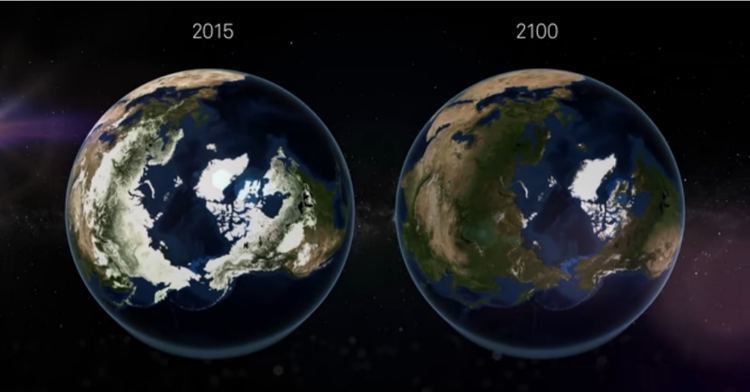 | ||
Future history ii 22nd century
The 22nd century will be a century of the Anno Domini or Common Era in accordance with the Gregorian calendar. It will be the century following the current 21st century, beginning on January 1, 2101 and ending on December 31, 2200.
Contents
- Future history ii 22nd century
- Kelis 22nd century hq
- Technological predictions
- Social predictions
- Biological predictions
- Calendric predictions
- Time capsules
- Solar eclipses
- Lunar eclipses
- Triple conjunctions
- Transits and occultations
- Other phenomena
- References

Kelis 22nd century hq
Technological predictions

Social predictions

Biological predictions

Calendric predictions

Time capsules

Solar eclipses
Exceeding 7 minutes of totality, this will be the first time this has happened in 177 years; the last one occurred on June 30, 1973. when the Concorde prototype followed the totality spot for 73 minutes.
This is predicted to be the longest eclipse during the current 10,000 year period, from 4000 BC to 6000 AD (eclipse predictions by Fred Espenak, NASA/GSFC.DEPP).
Lunar eclipses
Triple conjunctions
Transits and occultations
Last occultation of Spica by Venus was on November 10, 1783.
Other phenomena
References
22nd century Wikipedia(Text) CC BY-SA
